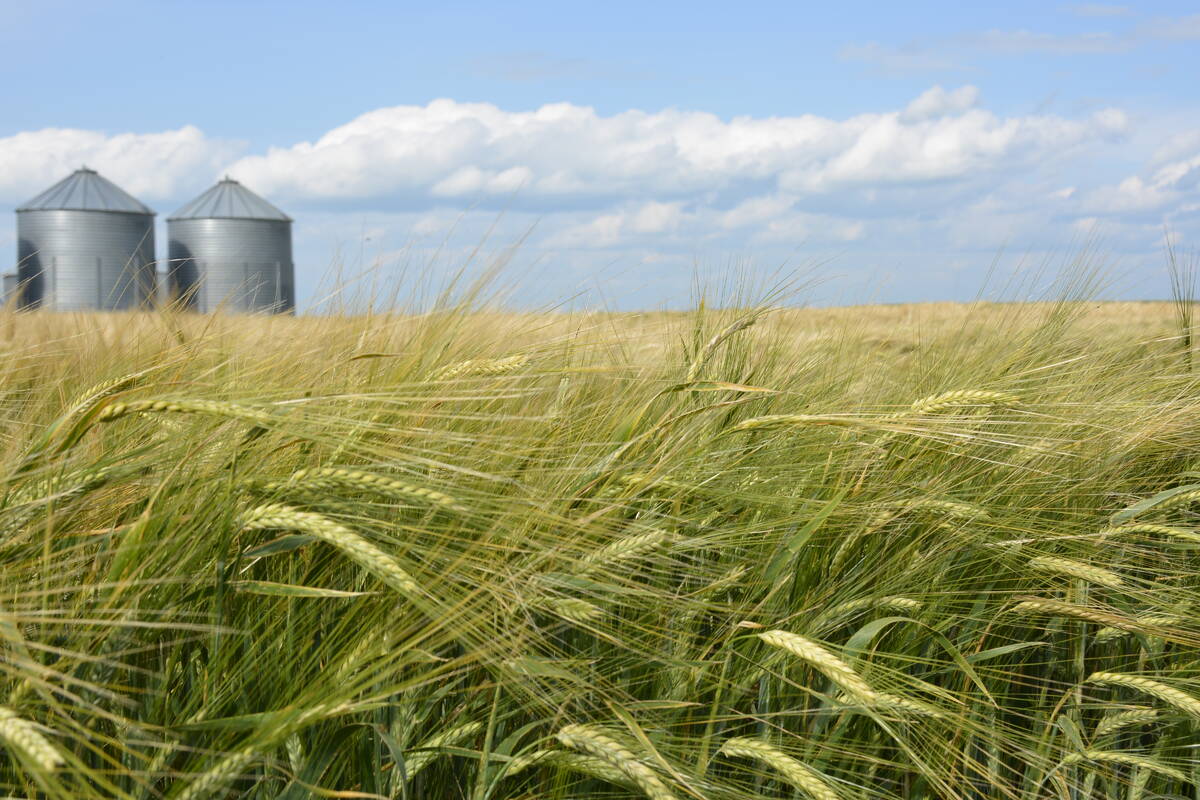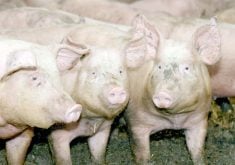To the untrained eye, a pasture is a pasture is a pasture.
But to ranchers, custom grazers and forage producers, the difference between a healthy pasture and an unhealthy one may be all that separates a profitable year from an unprofitable year.
Fifty producers recently spent an afternoon assessing rangeland health and identifying the tell-tale signs of pasture stress and overgrazing.
The producer workshop was part of the 2011 Saskatchewan Pasture School, an annual event hosted by the Saskatchewan Forage Council.
Jeremy Brown, a rangeland agrologist with the Saskatchewan Watershed Authority, told participants that assessing rangeland health is key to managing pasture properly and ensuring it can be used to its full productive potential over the long term.
Read Also

StatCan stands by its model-based crop forecast
Statistics Canada’s model-based production estimates are under scrutiny, but agency says it is confident in the results.
Standardized score cards have become a common and useful tool in range assessment.
The score cards assign numerical values to important range health indicators and arrive at an overall health score between one and 100.
Different score cards or assessment systems can be used for different types of rangeland, including native grassland and tame pasture.
At a site northeast of Saskatoon, Brown led forage school participants through a comparison of two quarter sections of native grassland divided by a barbed-wire fence.
Grazing pressure on one side of the fence was low, with rotational grazing occurring every two to three years.
A few metres away, on the other side of the fence, commercial cattle are grazed on an annual basis with no cross fencing.
Both pastures are productive, but there are signs of long-term deterioration on the range that is grazed annually.
Pasture school participants used the health assessment scorecard to assign a numerical score to each of five categories:
• ecological status based on the number and proportion of native plant species present;
• plant community structure, which assesses different layers of plant growth ranging from tall grass species to low grasses and forbs;
• the presence and density of invasive or noxious weed species;
• site stability, which assesses soil health, soil movement and the presence of bare ground that could lead to soil erosion;
• hydrological function and nutrient cycling, which assesses dead plant material and measures litter.
Not all producers graze their cattle on native grassland, but Brown said similar scoring systems have been developed for tame pasture and other ecosystems.
“If you don’t have any tame pasture, this (exercise) is still relevant because the same principles can be applied,” he said.
Litter is a key indicator of a range’s productive capacity and overall health.
Good ground cover reduces the risk of erosion, conserves moisture and helps keeps soil temperatures cool.
Brown and pasture school participants measured litter on native grassland by using their fingers to rake up all the dead plant material within an area covering half a sq. metre.
They then extrapolated to estimate total pounds of litter per acre.
Native pasture that contains less than 500 lb. of litter per acre is more prone to soil erosion. As well, soil temperatures during the hottest part of the growing season are significantly higher.
Brown demonstrated the importance of litter by pouring two bottles of water onto a moderately sloped hilltop.
On one side of the fence, where grazing pressure was low and litter was estimated at 910 lb. or more per acre, the water was completely absorbed into the soil in 30 seconds. The stream of runoff extended almost a metre downhill.
On the other side of the fence, where grazing pressure was moderate to heavy and litter was estimated at 260 lb. or less per acre, the water was absorbed in approximately a minute and downhill streaming extended nearly 1.5 metres.
The exercise demonstrated soil’s ability to retain moisture and minimize evaporation.
Litter also influences soil temperature.
Soil thermometers located on both sides of the fence showed a difference in temperature of 6 C.
The pasture with heavy litter was 16 C compared with 23 C on the other side.
In severe cases, the difference can be 13 C or more.
Warmer soil generally produces grass earlier in the growing season, but Brown said its productive potential throughout the growing season is compromised.
“The people that grazed (their land) to a table top last year, in the spring, theirs was the first to green up,” Brown said.
“But in this part of the country, most of the grasses that grow here prefer cooler temperatures.”
Brown acknowledged that many beef producers do not have the luxury of reducing grazing pressure to extremely low levels.
However, he said the assessment exercise illustrates the consequences of grazing too heavily.
Heavy grazing pressure can have a lasting impact on plant diversity and the productive capacity of rangeland, especially on native grassland.
Producers are becoming more aware of the long-term impact of chronic overgrazing, Brown said.
“If you overgrazed something for 50 years and it looked really bad, the assumption back then was that if you left it for another 50 years, it would come back.”
Dustin Ostrander, a range management expert with Alberta Agriculture, reminded producers that rangeland management is about balancing forage demand with available forage supply.
Different producers facing different circumstances will often have different grazing objectives.
If maintaining the long-term productive capacity of rangeland is a producer’s grazing objective, then frequent assessment of range conditions is critical.

















